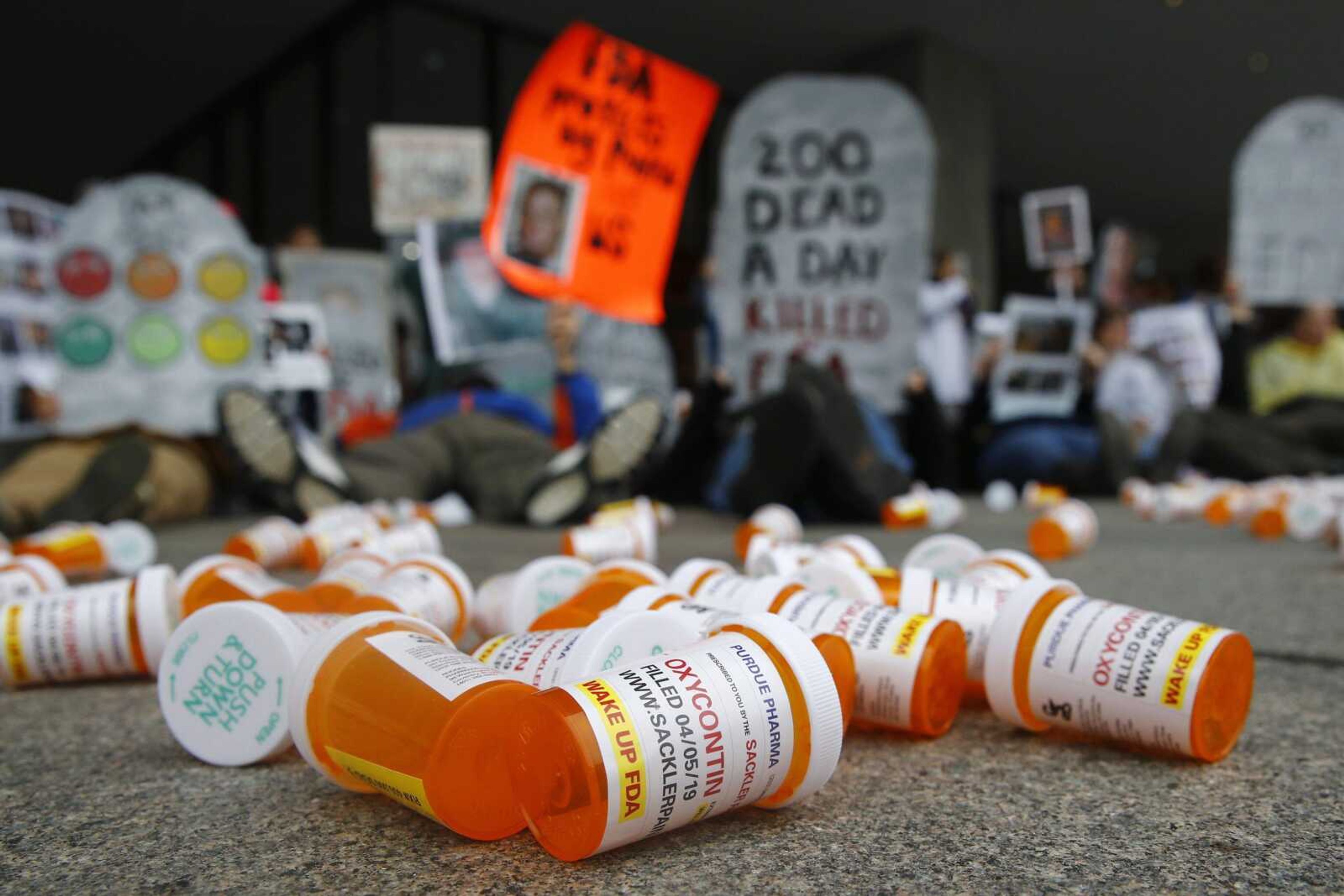Missouri's 'Good Samaritan' law protects individuals seeking medical assistance for overdoses
There are laws in place designed to protect those who, in good faith, seek emergency medical assistance for someone who is experiencing an overdose. Missouri’s “Good Samaritan” law provides people who witness or experience an overdose with immunity from multiple drug crimes if they call 911 to report it...
There are laws in place designed to protect those who, in good faith, seek emergency medical assistance for someone who is experiencing an overdose.
Missouri’s “Good Samaritan” law provides people who witness or experience an overdose with immunity from multiple drug crimes if they call 911 to report it.
“Missouri’s ‘Good Samaritan’ law offers a great deal of legal immunity to any citizen who may need to seek emergency medical treatment for someone suffering from an overdose,” said Sgt. Joey Hann of the Cape Girardeau Police Department. “It is important to let the public know that they cannot, for the sake of the victim, hesitate to call 911 if treatment is needed. We suggest that everyone become well-versed and educated on this law as it may save a friend or family member’s life someday.”
Although the law does provide immunity from many crimes — including possession of a controlled substance, possession of an imitation controlled substance, possession of drug paraphernalia, keeping or maintaining a public nuisance, sale of alcohol to a minor, possession of an altered ID, purchase or possession of alcohol by a minor, violation of a restraining order and violation of probation or parole — it does not offer protection from other crimes, such as distribution of a controlled substance, manufacturing of drugs or any active warrants the caller may have.
According to a Missouri Overdose Rescue and Education resource sheet from the Missouri Department of Health and Senior Services, signs of an overdose include unresponsiveness, shallow or no breathing, cold and clammy skin, gurgling or snoring, blue or gray lips and nails and small “pinpoint” pupils. Some common risk factors for an opioid overdose include using drugs after a period of not using, such as following rehab or jail; a change in the strength, amount, supplier or location of use; being sick with a respiratory disease such as the flu, pneumonia, bronchitis or COVID-19; mixing opioids with other drugs; using alone; and injecting.
DHSS recommends multiple steps on how to respond to an overdose. First, it’s recommended to check the victim’s breathing and clear their airway. Then, give the victim a dose of Narcan nasal spray, also known as naloxone, by placing the tip of the nozzle in one of their nostrils until fingers touch the bottom of their nose and firmly pressing the plunger to release the dose. Then, it’s recommended to call 911 and provide rescue breaths. DHSS warns that if you have to leave the victim, you should turn them on their side in the recovery position, otherwise you should stay with them until medical help arrives to ensure safety. If the victim doesn’t respond in two to three minutes, it’s recommended to give a second dose of Narcan in the other nostril. Once medical assistance arrives, DHSS recommends completing an anonymous overdose report at www.Mohopeproject.org/odreport.
DHSS recommends avoiding drug use, but does provide tips on how to use drugs safely to help protect from infection and overdose. It’s recommended to never use drugs alone, not share or reuse needles or other items, cleaning syringes with bleach, cleaning the injection site, starting with a tester shot, keeping Narcan available, taking turns using, going slow and disposing used items safely.
For more information on Missouri’s “Good Samaritan” law, visit www.health.mo.gov/safety/ems/more/pdf/good-samaritan-law.pdf. For community overdose resources, visit www.health.mo.gov/safety/ems/more/pdf/resource-sheet-for-community-distribution.pdf.
Connect with the Southeast Missourian Newsroom:
For corrections to this story or other insights for the editor, click here. To submit a letter to the editor, click here. To learn about the Southeast Missourian’s AI Policy, click here.











